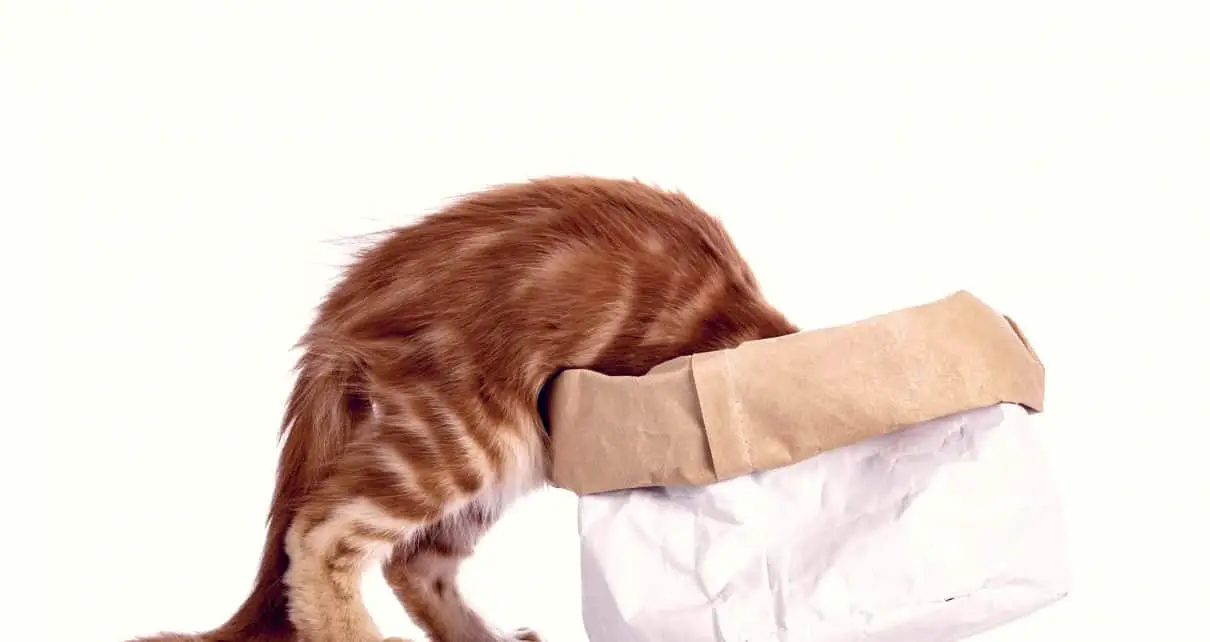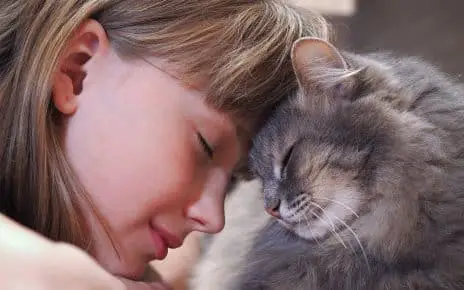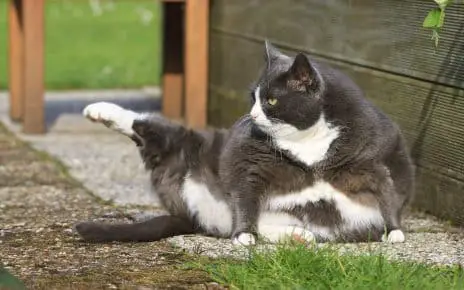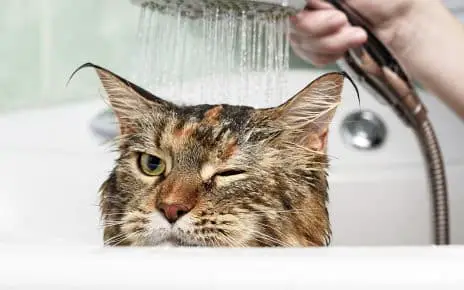When it comes to food, the stuff that you consider healthy and delicious may not turn out the same for your pet cat. And not having a clue which ones to avoid serving up for your feline can lead to very undesired results.
Here’s a quick guide you can look over the next time your kitty asks for a treat. Make sure you follow along to find out which foods you should never share with your pet no matter how he or she pleads.
Dangerous Foods for Cats #1: Avocados
Now while avocados may be very popular for their creamy texture and unique buttery taste, a lot of people don’t know about the very high levels of the fatty acid called persin it contains that can be extremely dangerous to cats.
At its simplest, persin basically transforms into a fungicidal toxin when metabolized by a feline’s body. Depending on how much of it is ingested, persin can cause diarrhea, vomiting and other digestive issues. It can also set off erratic heart rate and even collapsed lungs in very serious cases.
Persin is also highly toxic to several other animals like dogs, birds, rodents, and horses – a good reason to enjoy the creamy richness of avocados for yourself.
Dangerous Foods for Cats #2: Onions
Onions may be a mainstay in your culinary checklist, but adding them to your cat’s diet can trigger critical health issues. See, onions belong to the Allium family of plants that are comprised of organosulfoxides.
Although organosulfoxides are perfectly safe to humans, they are converted to highly reactive oxidants like disulfides and sulfoxides that disintegrate red blood cells when absorbed by your pet feline’s gastrointestinal tract. Consumption of large quantities can easily lead to sudden lethargy, pale gums, dark-colored urine, loss of appetite and even anemia in severe cases.
What’s really remarkable is organosulfoxides cannot be broken down when subjected to high temperatures like boiling or cooking, and can still be very potent in dehydrated and powdered onion.
Besides onions, you should keep clear from other members of the Allium family as well like chives, garlic and leeks, which also contain the same threatening levels of organosulfoxides.
Dangerous Foods for Cats #3: Chocolate
Depending on what your favorite chocolate bar is, it may contain three very potent methylxanthine compounds that can wreak havoc in your cat’s body: theobromine, theophylline and caffeine.
Caffeine poisoning symptoms include sudden fits, muscle tremors, heart palpitations, restlessness and hyperventilation. Now while the most common culprit is coffee ? grounds, beans and all ? teas, stimulant drinks, painkillers, cold medicines and carbonated beverages can also contain high levels of caffeine.
[contentblock id=1 img=gcb.png]As for theophylline and theobromine, they can cause bouts of abdominal discomfort, increased thirst, vomiting as well as a number of other digestive issues that can potentially get serious if your pet is not given immediate medical attention. Aside from seizures, these compounds can also set off abnormally high body temperature and irregular heart rhythm.
Experts warn that cats not brought to the vet when they exhibit more than mild restlessness can even lead to heart failure and death.
Dangerous Foods for Cats #4: Bread and Yeast Dough
The next time you’re whipping up a cake or bread in the kitchen, make sure your pet cat won’t get its paws on the raw dough. Live yeast in the dough can cause severe abdominal pains and even clog up your kitty’s gastrointestinal tract if ingested in large amounts.
See, live yeast basically expands in an environment that is moist and warm, which ideally describes your cat’s tummy. Apart from stretching the linings of his or her stomach, which can be extremely uncomfortable, yeast also undergoes a chemical reaction that makes it gradually give off traces of alcohol that can cause alcohol poisoning.
A few prominent symptoms of alcohol poisoning include stupor and loss of coordination. It can even become fatal if the amount of alcohol in the blood reaches tremendous levels. This also goes to show that preventing your feline from getting a taste of your alcohol stash, grain and ethyl alcohol should be a priority as well.
Dangerous Foods for Cats #5: Green Potatoes and Tomatoes
Now while it’s not uncommon to see tomatoes as one of the main ingredients of some commercial cat food brands available these days, allowing your cat to munch on raw, green ones can lead to serious digestive problems.
Tomatoes are essentially members of the Solanaceae plant family, which the Deadly Nightshade is also a relative. When unripe, tomatoes contain very high amounts of glycoalkaloid solanine, a bitter alkaloid that can disrupt the function of the lower gastrointestinal tract if ingested by felines.
This alkaloid is eventually neutralized when the tomatoes ripen. Besides the fruit, this poisonous alkaloid is also prominent in the stems and leaves of the plant. It can also be found in green potatoes, especially in and around the eyes.
Dangerous Foods for Cats #6: Sweets and Candies Flavored with Xylitol
If you’ve got a penchant for candies and pastries, chances are you’ve already heard about xylitol, a natural sweetener derived from plant tissues. When xylitol gets metabolized in your cat’s system, it stimulates the pancreas to produce and release more insulin than usual, which causes your pet’s blood sugar levels to drop dangerously.
Apart from hypoglycaemia, frequent ingestion of xylitol can also cause liver failure sooner or later. Diet foods, toothpaste and various low sugar? treats like breath mints also contain potent levels of this natural sweetener and should never be given to cats.
Dangerous Foods for Cats #7: Grapes, Currants and Macadamia Nuts
According to the experts at the ASPCA Animal Poison Control Center, macadamia nuts, currants and grapes contain unknown toxins that can cause digestive, muscular and renal issues in felines if consumed in large portions.
These toxins aren’t just present in their raw state, but are also very prominent in their processed forms as well, including raisins, wine, spreads, candies and baked goods. Frequent urination and loose bowel movement are usually the initial signs that these toxins have infiltrated your pet’s system.
So, there you have it. A lot of foods that qualify as treats for us can be life-threatening when given to your cat. Next time Kitty comes purring for a treat at the dinner table, make sure you slip her just a little bit of the humans foods cats can eat and keep the above list of foods for yourself.



